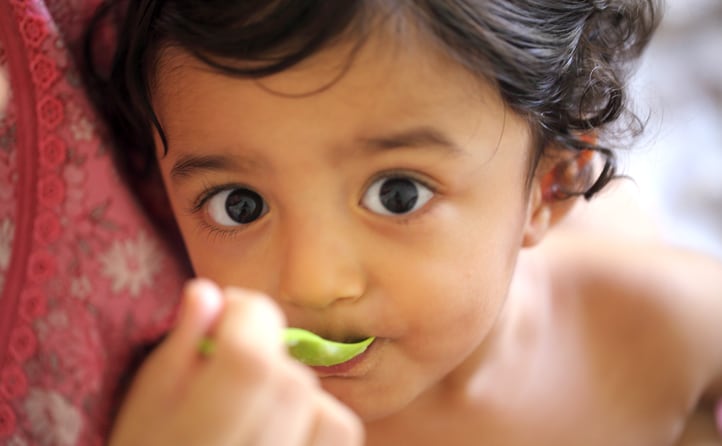Over 1,000 mothers were surveyed on the frequency of use of growing up milk for their toddlers age 12 to 36 months.
About 75% of the toddlers in Bangkok, Jakarta, and Singapore were fed with growing up milk once or more than once each month.
The prevalence was highest in Singapore, with 85.9% of the toddlers fed with growing up milk once or more than once each month. This is followed by Bangkok at 81% and Jakarta at 73.2%.
In contrast, the prevalence was lowest in Australian capital cities at 35.3%.
Across the board, 27.5% said they have never fed or fed growing up milk less than once per month.
The prevalence of weekly consumption (once or more than once per week) was also highest in Singapore at 78.5%, followed by Bangkok at 75.7%, Jakarta at 63.4%, and Australian capital cities at 31.5%.
Overall, 27.8% of the mothers said they had fed their toddlers with growing up milk seven or more times per week.
“In comparison with Australian capital cities, Asian countries were significantly more likely to feed growing up milk once or more per week,” the researchers said in the Journal of Human Nutrition and Dietetics.
A less developed growing up milk market, the availability of fresh milk, and a highly developed traditional fresh dairy culture could be the reasons for low consumption of growing up milk in Australia, the researchers said.
The survey is said to be the first published study to explore the use of growing up milk feeding in and between countries.
The growing up milk category is said to be the fastest growing segment when it comes to commercial milks targeted at infants and young children – making up more than one-third of the market.
The demand is largely driven by APAC countries, especially China, Indonesia, Vietnam, and Thailand.
Age, education, and occupation
Mothers over the age of 30, those that received a tertiary education, and are working full time outside the house tend to feed their children with growing up milk more frequently, analysis of the findings has shown.
Mothers over 30 years old were almost twice as likely to feed growing up milk compared to those under 30.
Those holding a full-time job outside of the house were also “more than twice as likely” to feed growing up milk.
The level of education was another associated factor.
Compared to those who have received a tertiary education, those with only a secondary education were two-thirds less likely to feed growing up milk.
How important is toddler formula?
Given the high prevalence of growing up milk consumption in Asian cities, the researchers said there was an “urgent” need to understand how such products could contribute to children’s growth.
This is against the backdrop that authorities have recommended that growing up milk products are ‘unnecessary, unsuitable, and have the potential to displace breastmilk’, said the researchers.
Moreover, similar packaging and advertising across growing up milk, infant formula, and follow-up formulas may cause confusion amongst parents.
This could allow companies to “cross-promote infant formula resembling growing up milk” and circumvent the existing policies regulating infant formula marketing, it is suggested.
Lastly, the researchers cautioned that there may be a potential for overnutrition for middle class toddlers consuming growing up milk, since they are less prone to undernutrition in the first place.
“It will be important that future research investigates the risks and benefit of growing up milk feeding in different populations and sub-populations,” the researchers said.
Source: Journal of Human Nutrition and Dietetics
Commercial growing up milks: usage frequency and associated child and demographic factors across four Asia Pacific countries
DOI: 10.1111/jhn.12851
Authors: J. C. Willcox, et al





